THE
RACE WALKING ASSOCIATION
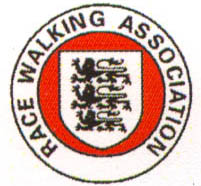
FOUNDED 1907
|
THE
RACE WALKING ASSOCIATION
 FOUNDED 1907 |
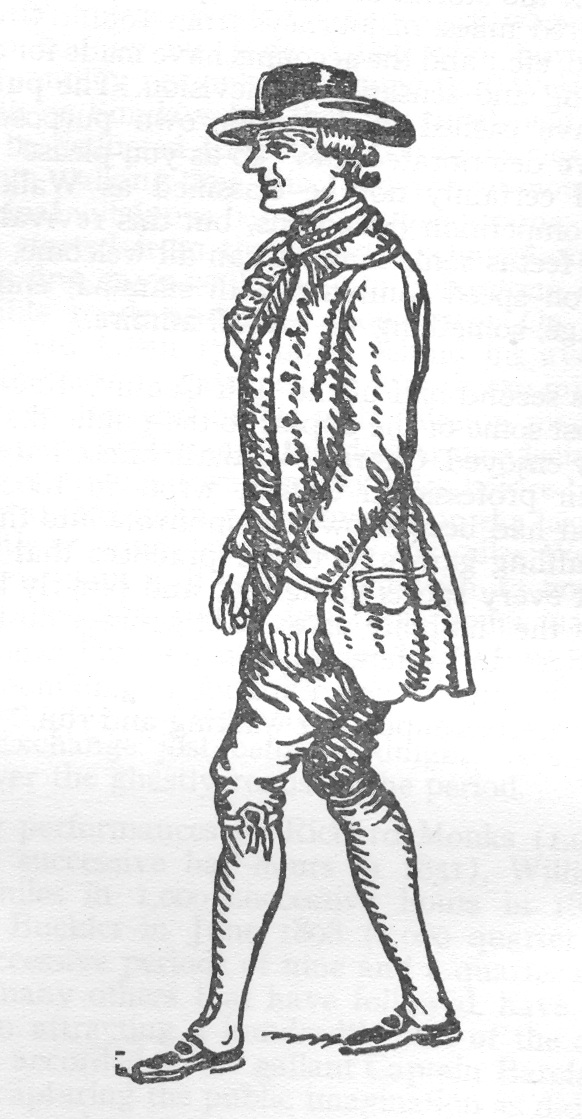 |
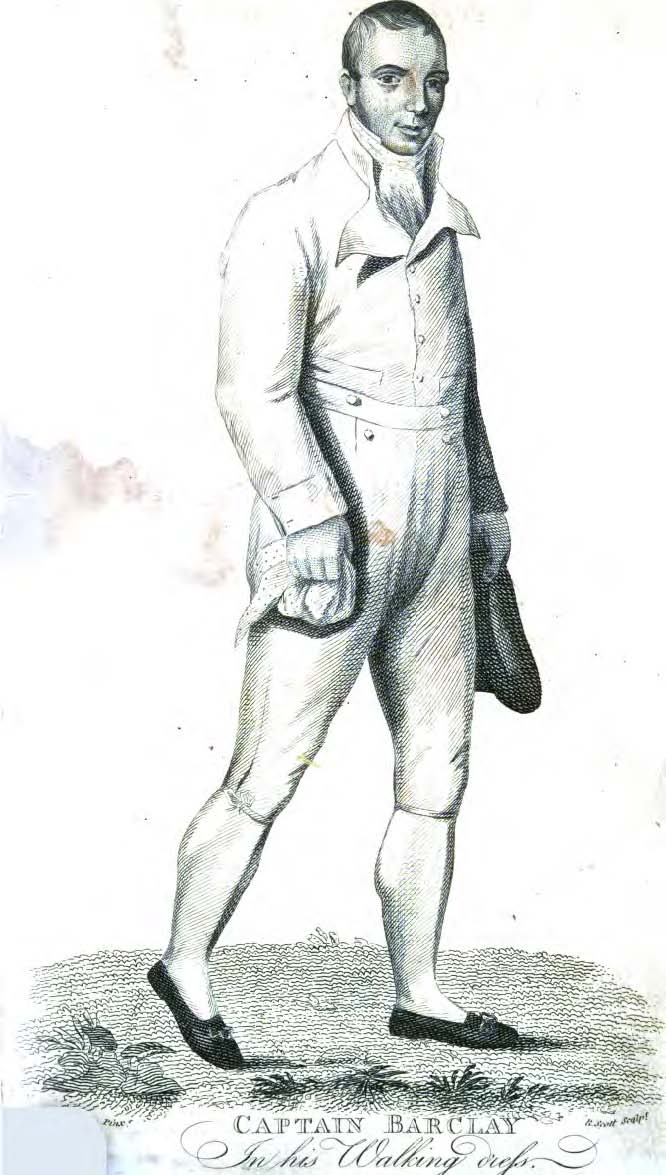 |
| Foster Powell |
Captain Barclay |
| 1904 |
The Olympic Games decathlon rather curiously included an 800 metre walk, the race – and the overall decathlon – being won by the Irishman Tom Kiely. |
| 1906 |
Race walking (at 1500 metres and 3000 metres) appeared in the Intercalated Olympic Games, with some controversy, as the first two finishers in each race (the same men) were disqualified. [These Games are not recognised by the International Olympic Committee.] |
| 1907 |
The Southern Counties Road Walking Association was formed in London, being the first governing body for race walking anywhere in the world. |
| 1908 |
The
first properly-organised Championship was held over 20 miles at Ruislip
in Middlesex, the individual winner
being Harold Ross of Tooting A.C. in 2:56:32, while the team prize went
to Surrey Walking Club. In the London Olympic Games – the first occasion on which walks were included as a separate event in the official Games – George Larner, a Brighton policeman, won both the walks – 3500 metres in 14:55·0 and 10 miles in 1:15:57·4. |
| 1911 |
The
Southern Counties Road Walking Association became the Road Walking
Association, transforming itself into the first national governing
body. |
| 1923 |
The
first
Women’s Amateur Athletic
Association track championship – and apparently the first national
women’s walking championship in the world – was held, won by Edith
Trickey with a time of 4:35·0 for 880 yards (805 metres). |
| 1933 |
The first national road championships for women were held, over an unknown distance, won by Jeanne Probekk in 25:56. |
| 1954 |
The Road Walking Association took over from the A.A.A. responsibility for track walking, becoming the Race Walking Association. |
| 1996 |
A men's walk –
at 20 miles – was introduced to the Commonwealth Games in Jamaica and
won by Ron Wallwork of England in 2:44:43. |
| 1968 |
The first
championships of the English Schools' Athletic Association were held,
for boys only. |
| 1974 |
The E.S.A.A.
introduced girls' championships. |
| 1980 |
The R.W.A. took over from the women's organisations all responsibility for women's walking, thus becoming the first unified body in English athletics. |
| 1990 |
A women's walk –
at 10k – was added to the Commonwealth Games in Auckland and won by
Kerry Saxby of Australia in 45:03. |
| 1992 |
A women's walk
was introduced to the Olympic Games in Barcelona; it was won by Chen
Yueling of China in 44:32, thirty seconds faster than the winning time
of J.Mikaelsson of Sweden in 1952, the last time the men's event was
held at that distance. |
| Year
City |
Men |
Women |
| 1908
London |
3500m
and 10 miles |
Not
held |
| 1912
Stockholm |
10000m |
Not held |
| 1920
Antwerp |
3000m and 10000m |
Not held |
| 1924
Paris |
10000m |
Not held |
| 1928
Amsterdam |
Not held |
Not held |
| 1932
Los Angeles |
50k |
Not held |
| 1936
Berlin |
50k |
Not held |
| 1948
London |
10000m and 50k |
Not held |
| 1952
Helsinki |
10000m and 50k |
Not held |
| 1956
Melbourne |
20k and 50k |
Not held |
| 1960
Rome |
20k and 50k |
Not held |
| 1964
Tokio |
20k and 50k |
Not held |
| 1968
Mexico City |
20k and 50k |
Not held |
| 1972
Munich |
20k and 50k |
Not held |
| 1976
Montreal |
20k |
Not held |
| 1980
Moscow |
20k and 50k |
Not held |
| 1984
Los Angeles |
20k and 50k |
Not held |
| 1988
Seoul |
20k and 50k |
Not held |
| 1992
Barcelona |
20k and 50k |
10k |
| 1996
Atlanta |
20k and 50k |
10k |
| 2000
Sydney |
20k and 50k |
20k |
| 2004
Athens |
20k and 50k |
20k |
| 2008
Beijing |
20k and 50k |
20k |
| 2012
London |
20k and 50k |
20k |
| Year |
City |
Distance |
British Medallists |
| 1908 |
London |
3500m |
1 George Larner
– 2 Ernest Webb |
| 10 miles |
1 George Larner
– 2 Ernest Webb – 3 Edward Spencer |
||
| 1912 |
Stockholm |
10000m |
3 Ernest Webb |
| 1920 |
Antwerp |
10000m |
3 Charles Gunn |
| 1924 |
Paris |
10000m |
2 Reginald
Goodwin |
| 1932 |
Los Angeles |
50k |
1 Tommy Green |
| 1936 |
Berlin |
50k |
1 Harold Whitlock |
| 1948 |
London |
50k |
3 Tebbs Lloyd
Johnson |
| 1960 |
Rome |
20k |
3 Stan Vickers |
| 50k |
1 Don Thompson |
||
| 1964 |
Tokyo |
20k |
1 Ken Matthews |
| 50k |
2 Paul Nihill |
| THE
BRITISH OLYMPIC MEDALLISTS |
||||
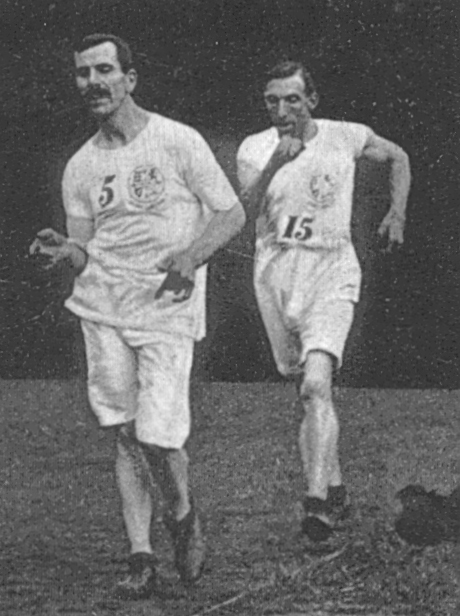 |
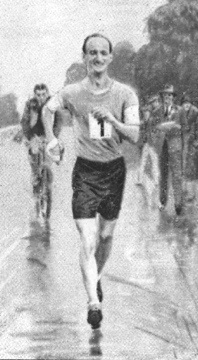 |
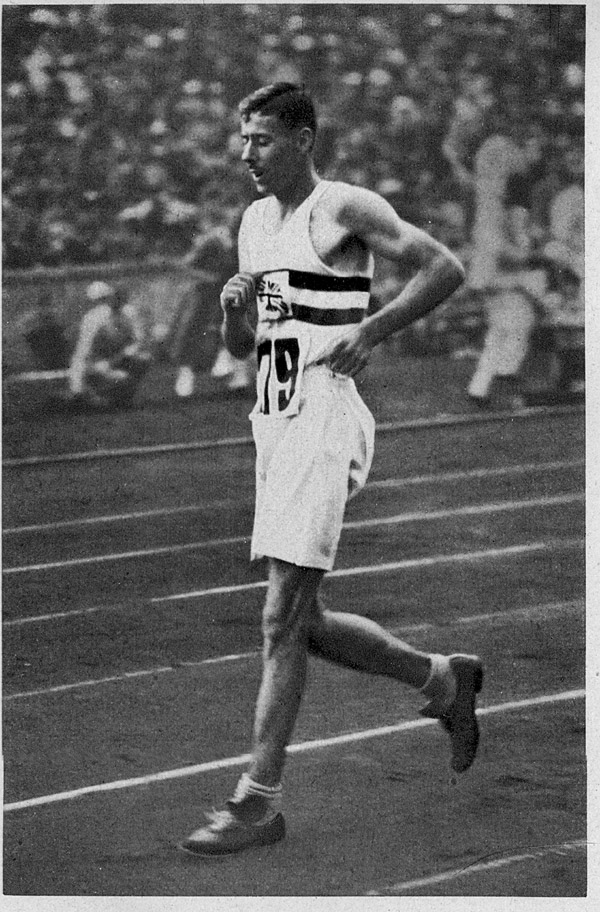 |
 |
 |
| George Larner (5) and Ernest Webb (15) |
Tommy Green |
Harold Whitlock |
Don Thompson |
Ken Matthews |
| Photograph to follow |
Photograph to follow |
Photograph to follow |
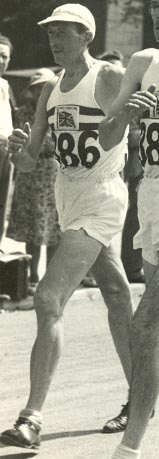 |
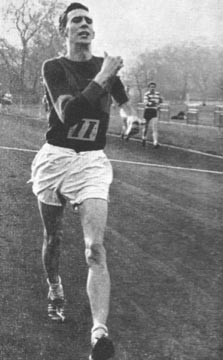 |
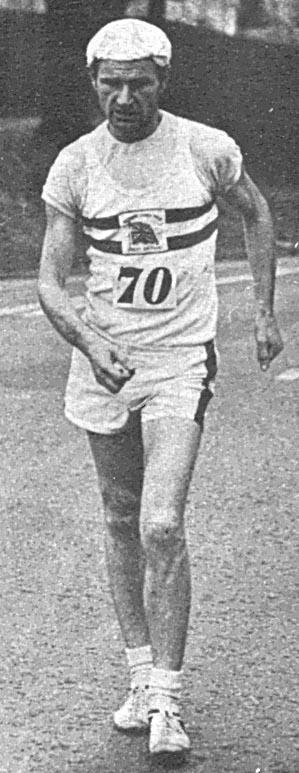 |
| Edward Spencer |
Charles Gunn |
Reginald Goodwin |
Tebbs Lloyd Johnson |
Stan Vickers |
Paul Nihill |
| You are in the page shaded below, or one of its sub-pages |
|||||
| About this Site | Archives & Records | Books | F.A.Qs | Fixtures | |
| Guide | Lighter Side | Links | More Info | Officers | Outside Contacts |
| Quick Index | Race Walking Record | Topical Links | Venues | Services |
Home |